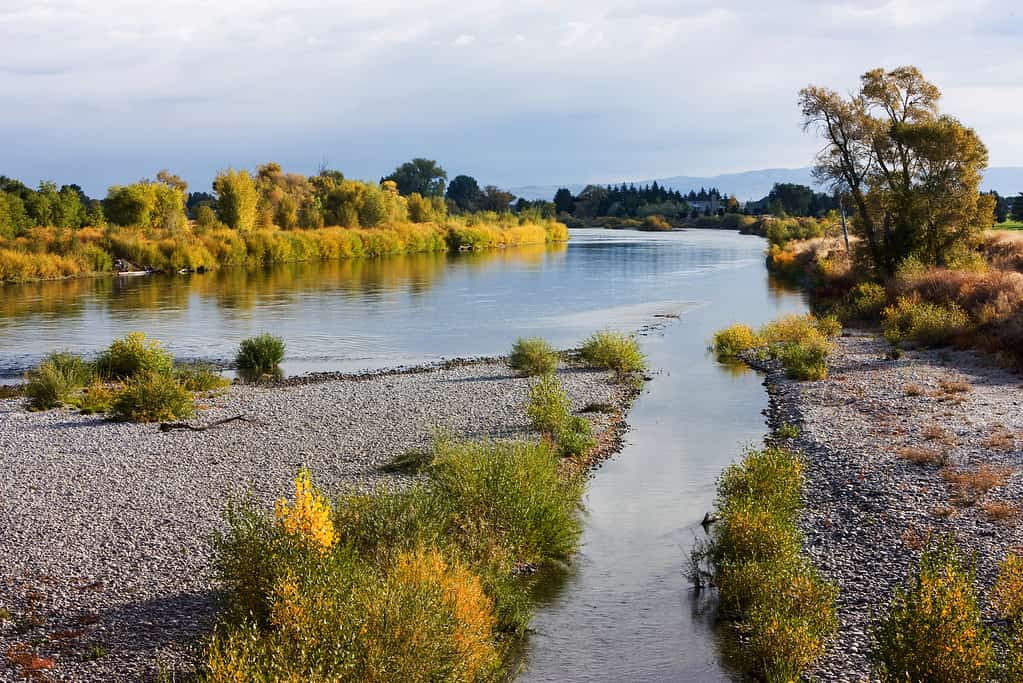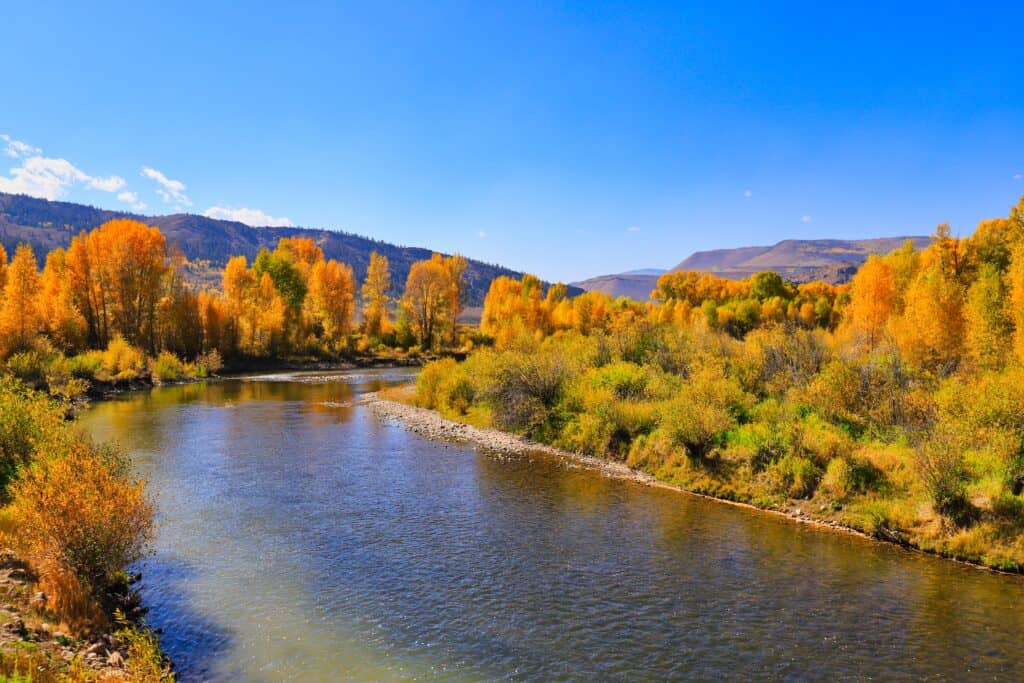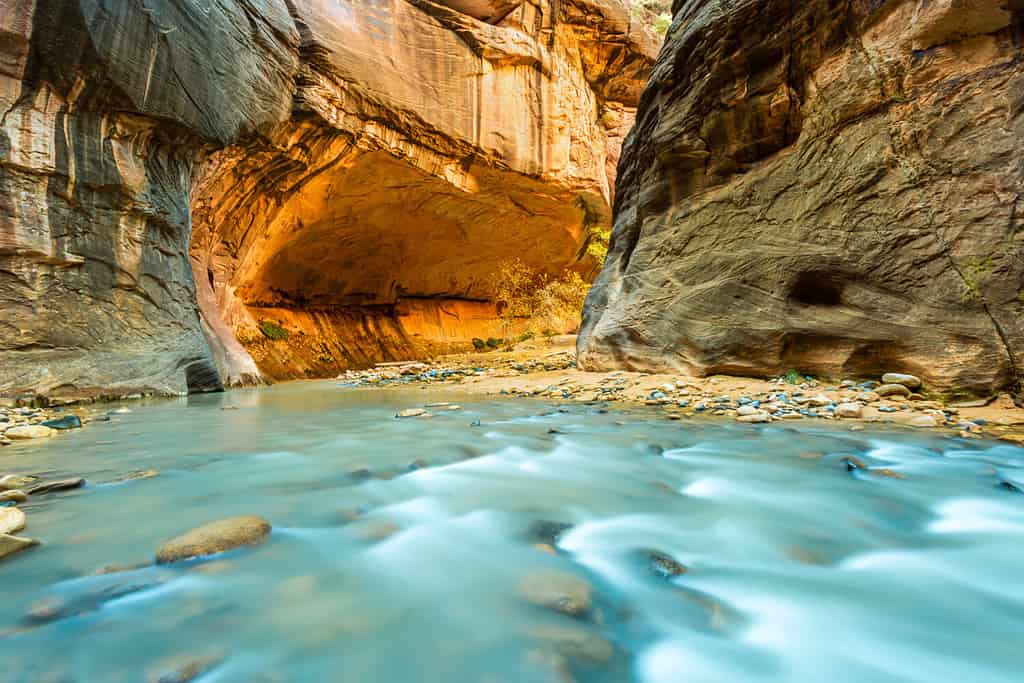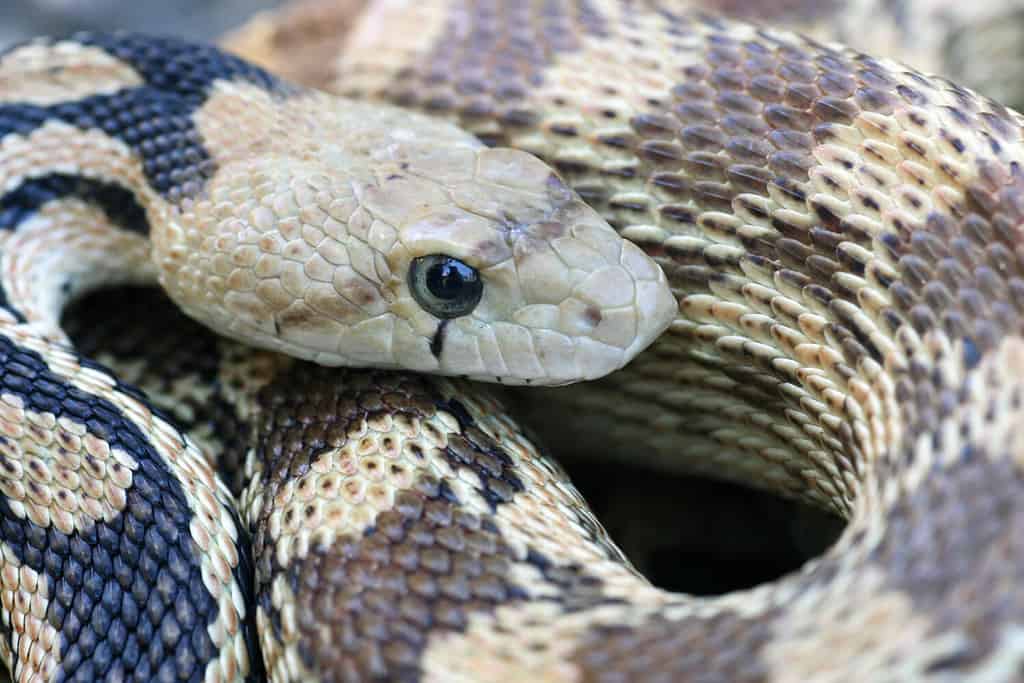Nestled amidst the rugged landscapes and vast wilderness of Nevada, rivers meander through the state’s picturesque terrain, offering a sanctuary for an array of wildlife. Among the inhabitants of these waterways are enigmatic and often misunderstood creatures – snakes. While limited information makes it challenging to pinpoint specific species in each river, it is clear that some rivers appear more snake-infested than others.
With Nevada’s diverse ecosystems, it comes as no surprise that these slithering creatures find solace in the rivers that flow through the state. However, the limited information available about their presence in specific rivers leaves us with a sense of mystery and intrigue. In the pursuit of understanding the snake-infested rivers of Nevada, we embark on a journey that sheds light on the presence of snakes in three of its rivers. Join us as we uncover the mysteries of Nevada’s snake-infested rivers, delving into the limited information available and drawing upon the expertise of local authorities and wildlife experts.
1. Snake River

Native American tribes once lived along Snake River’s shoreline, particularly the Shoshone tribe.
©Tucker James/Shutterstock.com
The Snake River is a major river that flows through several states, including Idaho, Washington, Oregon, Utah, Nevada, and Wyoming. The presence of snakes, specifically prairie rattlesnakes, have been spotted in Snake River. As indicative as the name may seem, this river is not named snake river due to the presence of snakes. Rather, it is because of the history of the river.
The Snake River is called Snake River because of the Native American tribes who lived along its shoreline, particularly the Shoshone tribe. The river was named after these tribes who were referred to as the “Snake Indians” by their Plains neighbors to the east. It is believed that the name “Snake” was given to them possibly because they were known to use snake imagery or reputedly had connections to snakes in their culture. European explorers and settlers adopted the name when they encountered the river, and it has been known as the Snake River ever since.
2. Colorado River

This river is a major river in North America and is home to several snake species.
The Colorado River runs through Arizona, California, Colorado, Nevada, New Mexico, Utah, and Wyoming. Where the Colorado River flows through Nevada, there are mentions of rattlesnakes in the Laughlin, Nevada area, near the river.
The Colorado River is a major river in North America and is home to several snake species. Here are some details about snakes that can be found in the Colorado River:
Great Basin Gopher Snake: Gopher snakes are commonly found in prairies, grasslands, and meadows. They can also be found in nearby areas around the Colorado River.
Colorado Bullsnake: Bullsnakes are large snakes primarily found in prairies, grasslands, and meadows. They are known for their impressive size.
Northern Water Snake: Water snakes are non-venomous snakes that are commonly found in slow-moving streams, rivers, and lakes throughout the United States. They are known for their ability to swim.
Blackneck Garter Snake: Garter snakes are commonly found near water sources such as rivers and streams. They are non-venomous and play an important role in controlling populations of small rodents and amphibians.
It’s important to note that the presence of these snake species in the Colorado River may vary depending on the specific location and habitat.
3. Virgin River

Snakes have been spotted in the Virgin River.
©Wildvet/Shutterstock.com
The Virgin River is located in the southwestern United States. It is a tributary of the Colorado River and flows through the states of Utah, Nevada, and Arizona. There are mentions of snakes in the Virgin River in Nevada. Gopher snakes, which are constrictors, have been observed swimming in the Virgin River in Zion National Park.
List of Snakes Located Throughout Nevada

The Great Basin gopher snake is muscular and strikes with its mouth closed. It is nonvenomous.
©Michael Benard/Shutterstock.com
Here is a list of snake species that are located throughout Nevada:
Western Rattlesnake: This venomous snake species has a range that extends across Nevada. It can be found primarily in open, rocky areas.
Great Basin Gopher Snake: This is a large, non-venomous snake species found throughout Nevada. It has dark, blotchy markings.
California Kingsnake: These snakes are found in Nevada and are active during the day. They have various color patterns.
Various Rattlesnake Species: Nevada is home to six species of rattlesnakes, including the western diamondback rattlesnake. These venomous snakes can be found in different regions of the state.
Other Native Snake Species: Nevada is also home to other native snake species, including garter snakes and lyre snakes. These snakes inhabit various habitats such as deserts, mountains, and grasslands.
Please note that this list is not exhaustive, and there may be additional snake species found in Nevada. It is always recommended to consult local authorities or wildlife experts for the most accurate and up-to-date information on snakes in a specific area.
In Conclusion
Exploring the intricacies of Nevada’s snake-infested rivers, we delve into the allure and inherent dangers that snakes bring. From venomous rattlesnakes to non-venomous water snakes, the diversity of snake species in Nevada’s rivers is captivating. While their presence may evoke trepidation in some, it is crucial to understand their role in maintaining the delicate balance of the ecosystem.
While comprehensive data may be scarce, it is widely acknowledged that other Nevada rivers such as the Carson River, Walker River, Truckee River, and White River are potential habitats for snakes as well. Despite the limited information at hand, their presence in these waterways cannot be disregarded.
The photo featured at the top of this post is © iStock.com/gguy44
Discover the "Monster" Snake 5X Bigger than an Anaconda
Every day A-Z Animals sends out some of the most incredible facts in the world from our free newsletter. Want to discover the 10 most beautiful snakes in the world, a "snake island" where you're never more than 3 feet from danger, or a "monster" snake 5X larger than an anaconda? Then sign up right now and you'll start receiving our daily newsletter absolutely free.
Thank you for reading! Have some feedback for us? Contact the AZ Animals editorial team.







